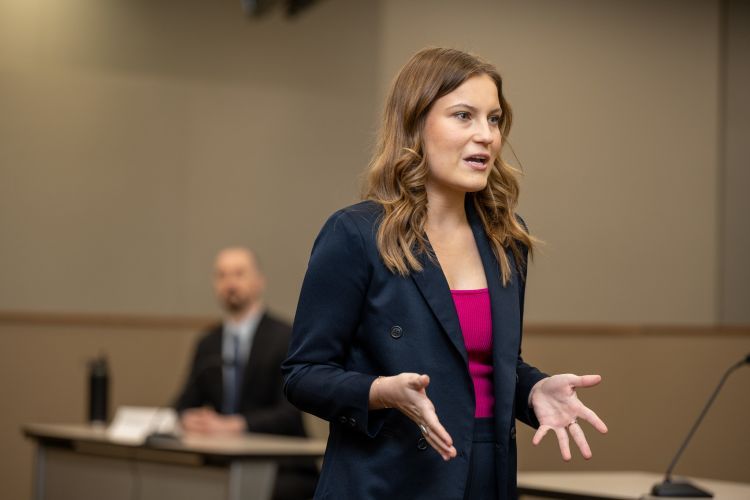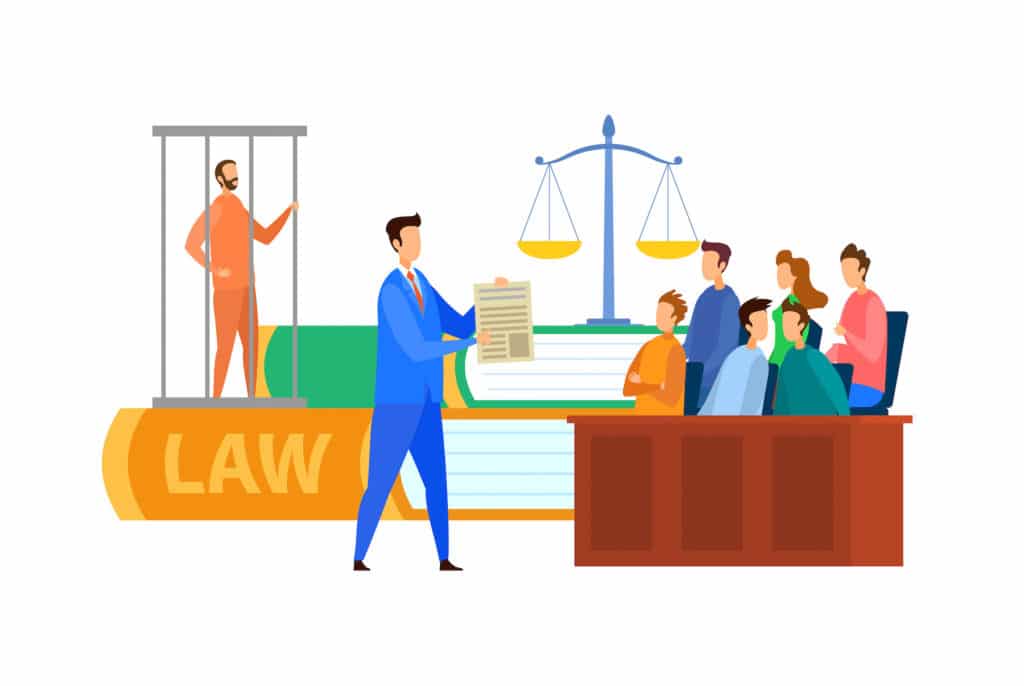Leading Strategies for Developing Impactful Trial Presentations in Court Setups
Leading Strategies for Developing Impactful Trial Presentations in Court Setups
Blog Article
Exactly How to Develop Involving Trial Presentations That Sway Juries and Judges
Crafting engaging trial presentations that mesmerize judges and courts is a nuanced art that requires a strategic approach. By utilizing cutting-edge visual devices, incorporating interactive components, and dedicating time to extensive technique and practice session, legal professionals can considerably improve the impact of their court discussions.
Comprehending Your Target Market
To efficiently engage your audience throughout test discussions, it is important to understand their choices, assumptions, and level of expertise in the subject. By tailoring your presentation to satisfy the details requirements of the audience, you can enhance their understanding and retention of the information offered.
Begin by researching the demographics of the target market, such as age, education degree, and occupation. This info can assist you determine their knowledge with lawful treatments and change your presentation design appropriately. A court might require simpler language and even more visual help compared to a group of lawful professionals.
In addition, take into consideration the psychological and emotional aspects of your target market. Are they understanding in the direction of particular arguments or more likely in the direction of realities and proof? Recognizing these subtleties can aid you frame your discussion in a method that resonates with the audience on a much deeper level.
Storytelling Methods
Understanding your target market's choices and assumptions can significantly influence the effectiveness of your test presentations, specifically when applying narration techniques to convince and captivate. Storytelling is an effective tool that can aid lawyers attach with discretionary on a much more emotional degree, making complex lawful disagreements more unforgettable and relatable.

Integrating dazzling details, personal anecdotes, and ornate tools can even more boost the storytelling experience, keeping the target market invested and engaged in the end result of the situation. By crafting a convincing story that resonates with the worths and emotions of the court and judges, lawyers can boost the chances of winning their disagreements and attaining beneficial verdicts.
Visual Discussion Tools
Utilizing visual presentation tools can considerably enhance the impact and efficiency of test presentations by supplying a visually interesting way to share complicated details to courts and courts. Aesthetic help such as graphes, layouts, graphs, and computer animations can help simplify complex information, making them more accessible and understandable to the audience. By including visual elements into test presentations, attorneys can develop an engaging story that resonates with jurors and leaves a lasting perception.

Integrating Interactive Elements
Including interactive elements into test discussions can enhance audience engagement and understanding, promoting a more interactive and immersive courtroom experience. By integrating aspects such as interactive timelines, 3D animations, clickable exhibits, and virtual fact restorations, attorneys can captivate judges and jurors, making complex information a lot more unforgettable and accessible.
Interactive timelines permit a vibrant display screen of sequential occasions, assisting Going Here the audience helpful site understand the sequence of crucial incidents in an instance. 3D computer animations can bring criminal offense scenes or crash restorations to life, providing a detailed aesthetic representation that helps in making clear intricate information. Clickable exhibitions make it possible for users to connect with evidence, documents, or photos, permitting for a hands-on expedition of essential info.
Furthermore, virtual fact repairs can carry the audience into the heart of the activity, supplying an engaging point of view that traditional discussions might lack. These interactive elements not just engage the viewers yet also encourage them to actively participate in the test process, leading to an extra persuasive and impactful court discussion.
Practice and Practice Session
To efficiently leverage the capacity of interactive elements in trial discussions, complete method and rehearsal are essential to make sure seamless combination and shipment in the court room setup. Technique and wedding rehearsal help trial presenters come to be aware of the content, timing, and circulation of their discussions, allowing them to with confidence browse with different elements such as videos, computer animations, or interactive graphics. By rehearsing their distribution, speakers can improve their speaking skills, body language, and total discussion style to boost persuasion and reputation before the jury and court.
During technique sessions, presenters can identify any technical issues that may develop with interactive elements, making certain more that every little thing runs smoothly during the real test. In addition, rehearsing before a simulated target market or colleagues can give beneficial comments on the performance of the interactive elements and the general discussion. This feedback enables speakers to make required changes and renovations before tipping into the court room, inevitably enhancing the effect and success of their trial presentations.
Final Thought
To conclude, creating interesting test discussions that astound juries and judges calls for a deep understanding of the audience, reliable storytelling techniques, aesthetic devices, interactive components, and comprehensive method (Trial Presentations). By implementing these strategies, attorneys can efficiently communicate their disagreements and proof in an engaging manner that reverberates with the decision-makers in the court room
Utilizing visual discussion devices can significantly enhance the influence and performance of test presentations by offering a visually interesting method to convey intricate details to courts and judges. By including aesthetic elements into trial presentations, lawyers can produce an engaging narrative that reverberates with jurors and leaves a lasting perception.
One preferred visual discussion tool is the usage of multimedia presentations, which allow for the integration of videos, pictures, and audio recordings to supplement spoken arguments. Trial Presentations.To efficiently take advantage of the potential of interactive aspects in test discussions, complete method and practice session are important to ensure seamless integration and shipment in the courtroom setting. Method and wedding rehearsal assistance test speakers become familiar with the content, timing, and circulation of their presentations, permitting them to with confidence browse with various aspects such as videos, animations, or interactive graphics
Report this page